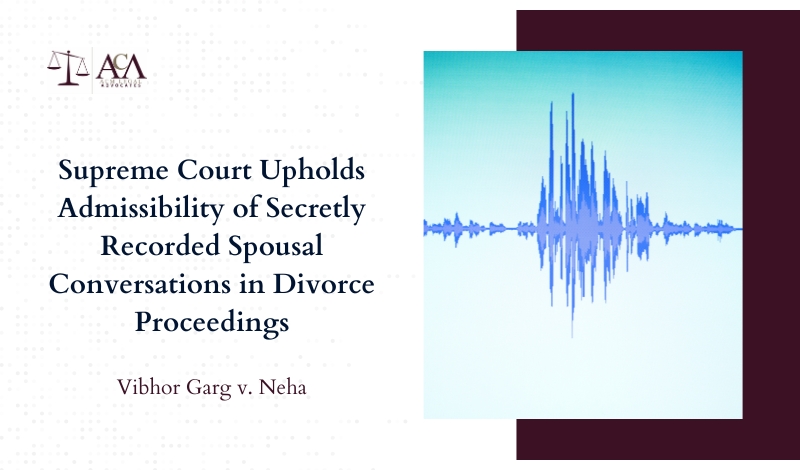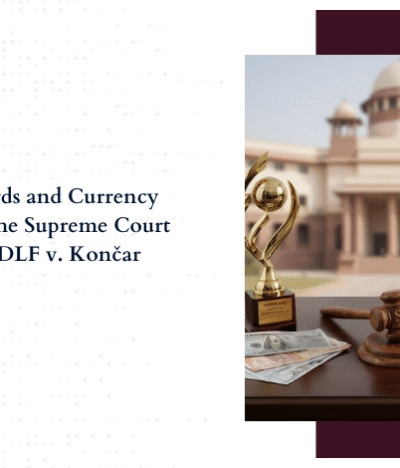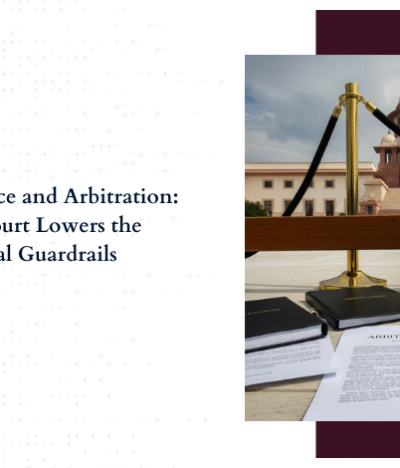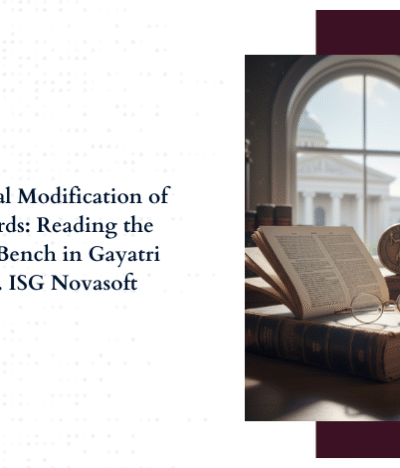The Supreme Court has settled a sharply contested legal debate: Can a secretly recorded conversation between spouses be used as evidence in a divorce case?
Yes, it can—ruled the Court. But that answer comes with nuance.
In Vibhor Garg v. Neha, the Court upheld a husband’s right to submit audio recordings of his wife, captured without her knowledge, as admissible evidence in matrimonial proceedings. The wife had challenged this on the grounds of a privacy violation, but the Court found that where relevance is established, the manner of collection—even without consent—does not make the evidence inadmissible in law.
This ruling is not just about recordings; it’s about how Indian courts are beginning to weigh marital trust against evidentiary necessity in litigation.
Secretly Recorded Conversations Are Not Automatically Illegitimate
At the heart of the case was a husband’s submission of memory cards and CDs containing phone calls with his wife. These recordings, made without her consent, were intended to support his claim of emotional cruelty in their contested divorce proceedings under Section 13 of the Hindu Marriage Act, 1955.
The wife objected, arguing a breach of her fundamental right to privacy under Article 21 of the Constitution. The High Court agreed with her and barred the evidence, but the Supreme Court reversed that decision.
The Court made it clear: just because a recording was obtained covertly does not mean it cannot be used. In fact, the Court reiterated that even if the means of obtaining evidence were legally questionable, its admissibility is governed by relevance and probative value, not morality.
Citing its own jurisprudence, particularly Yusufalli Esmail Nagree v. State of Maharashtra and R.M. Malkani v. State of Maharashtra, the Court confirmed that relevance, authenticity, and identification remain the touchstones for admissibility of tape-recorded evidence, not whether the other party knew it was being recorded.
“Tape recorded conversation is admissible provided first the conversation is relevant to the matters in issue; secondly, there is identification of the voice; and thirdly, the accuracy of the tape recorded conversation is proved by eliminating the possibility of erasing the tape record.” — The Bench in R.M. Malkani v. State of Maharashtra, (1973) 1 SCC 471.
Marital Privacy, Yes — But Not Without Limits
The wife’s central objection rested on Section 122 of the Indian Evidence Act, 1872, which protects communications between spouses during marriage from being disclosed without consent. However, the Court clarified that this privilege is not absolute. In fact, the provision contains an explicit exception for “suits between married persons”—divorce proceedings being a prime example.
Citing the landmark ruling in M.C. Verghese v. T.J. Poonan, the Court reiterated that Section 122 does not shield spousal communications from disclosure when the parties are litigating against each other. The key phrase is “except in suits between married persons.” In such cases, communications can be admitted even without the consent of the spouse who made them.
To that end, the Court held that in a divorce proceeding, if a recorded conversation bears directly on the issues—such as mental cruelty, abuse, or contradiction—it cannot be barred simply because it was captured secretly or relates to a “private” moment.
“If the marriage has reached a stage where spouses are actively snooping on each other, that is in itself a symptom of a broken relationship and denotes a lack of trust between them.” — Nagarathna, J.
Privacy vs. Fair Trial
The Court acknowledged the growing ease with which technology enables covert surveillance within intimate spaces. Audio and video recordings, messages, metadata—these are now routine in marital litigation. But that convenience, the Court warned, should not blind us to the deeper implications for dignity and fairness.
Yet, the answer is not to exclude such material outright. The Family Courts Act, 1984, especially Section 14, allows family courts to depart from strict rules of evidence if doing so helps resolve the dispute. Section 20 of the Act gives it an overriding effect.
That doesn’t mean anything goes. The Court emphasised that trial courts must apply discretion carefully. Relevance remains key, but not at the cost of fairness or context.
The evidence must:
- Have a clear nexus with the facts in dispute
- Be authenticated
- Not be obtained for the sole purpose of harassment or manipulation
- Be presented in a way that avoids public embarrassment or further emotional damage
The Court noted the Delhi Family Court Rules (as amended in 2024), which impose obligations to protect the privacy and dignity of parties when sensitive electronic materials are submitted. Similar safeguards, the Court suggested, ought to be adopted across jurisdictions.
Conclusion
This judgement walks a careful line. It does not discard the right to privacy within marriage. It affirms it, but not to the point of insulating one spouse from all scrutiny, even in a courtroom.
When a marriage breaks down and a legal proceeding begins, the focus shifts from preserving trust to establishing truth. And truth—when documented in the form of contemporaneous recordings—can become the best evidence available in cases otherwise reduced to conflicting oral testimony.
The Court’s ruling is not a green light for indiscriminate surveillance. It’s a legal acknowledgement that in certain cases, secret recordings may be the only means of cutting through narrative, denial, and silence. Still, courts must remain alert to misuse, manipulation, and context.






